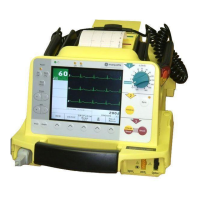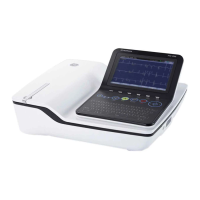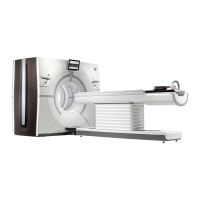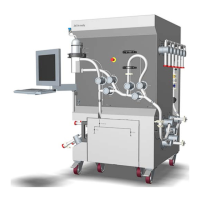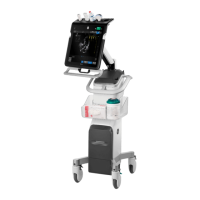2026116-001 Revision B Responder™ 2000 Page 49
APPLYING PADS
• The pads are not sterile and cannot be sterilized. They are for single patient use and need to be disposed after use.
• Once the pads are applied to the patient they should not be repositioned.
• After placing the pads on the patient, visually check that the pads are firmly attached.
• The skin is a poor conductor of electricity; therefore preparation of the patient’s skin is important to facilitate good
pads-to-skin contact.
• To ensure proper rhythm analysis by the Responder 2000, patient preparation and hook up must be properly
performed. Proper application and placement of the pads are essential for high-quality ECG monitoring. Good
contact between the pad and skin minimizes motion artifact and signal interference.
SPECIAL PAD PLACEMENT SITUATIONS
The following descriptions are for special placement situations.
Obese Patients or Patients with Large Breasts
Apply the pads to a flat area of the chest, if possible. If skin folds or breast tissue prevent good adhesion, it may be
necessary to spread skin folds apart to create a flat surface.
Thin Patients
Follow the contour of the ribs and spaces when pressing the pad onto the torso. This limits air space or gaps under the
Therapy pads and promotes good skin contact.
Patients with Implanted Pacemakers
Place the pads away from the internal pacemaker generator.
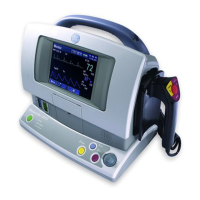
